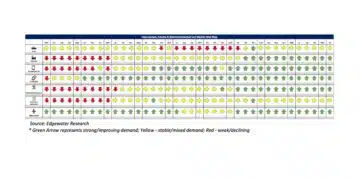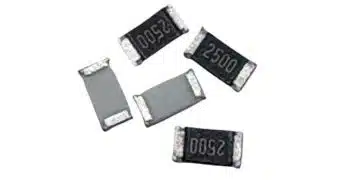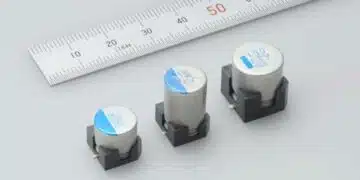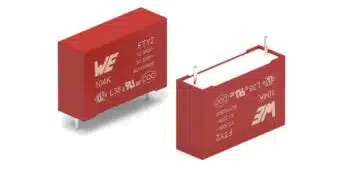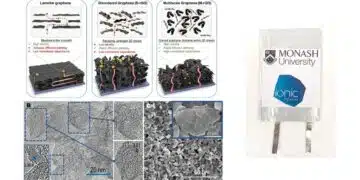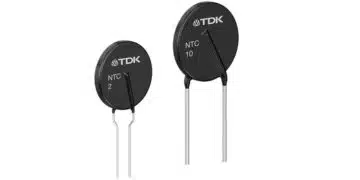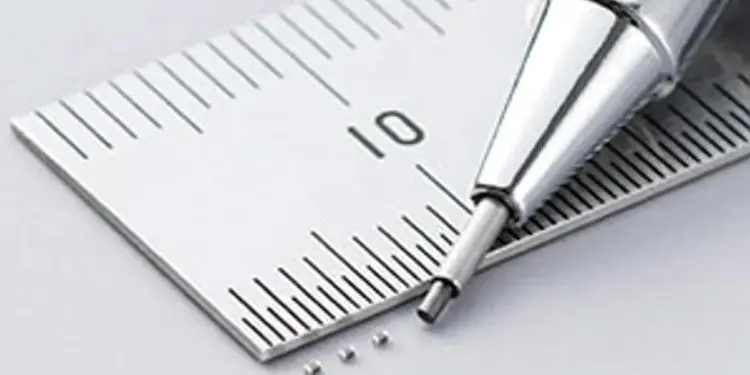Murata Manufacturing Co., Ltd. has succeeded in commercializing the world’s smallest*1 PTC thermistor*2 (commonly known as a resettable fuse*3) in the 0201 inch size (0.6×0.3×0.3mm) for mobile devices, and has recently begun mass production of this device under the part number PRG03BC181QB6RL.
As smartphones and mobile devices become increasingly multifunctional and more compact, demand is growing for smaller components that protect small electronic circuits and ensure device stability. PTC thermistors exhibit a rapid increase in electrical resistance when their temperature rises beyond a certain point, allowing them to protect circuits and components from damage. By identifying overcurrent in circuits that may occur during assembly or when a device is dropped or receives a sudden impact, PTC thermistors work to prevent abnormalities and failures in mobile devices.
Drawing on process technology originally developed by Murata based on its mainstay multilayer ceramic capacitors and multilayer devices, the PRG03BC181QB6RL has achieved an approx. 80% smaller volume and an approx. 70% smaller footprint than the company’s previous PTC thermistor (the 0402 inch size, 1.0×0.5×0.5mm). Built using Murata’s unique ceramic materials, the new product maintains its stable properties for a long time, thereby contributing to improving the safety of electronic devices.
NTC thermistors*4 have been used widely for controlling the temperature of electronic circuits in mobile devices. The new PTC thermistor will help manufacturers to prevent short circuits and further improve the safety of their products.
Murata will continue to expand its lineup in line with market needs and to contribute to improving the safety of mobile devices.
Product highlights
- The world’s smallest size (0201 inch, 0.6×0.3×0.3mm) ideal for multifunctional smartphones and small wearables
- Murata’s own ceramic technology enables small resistance change and excellent long-term stability in high-temperature environments
- Operating temperature range: -20°C to +60°C
| *1 | Based on an internal study. As of January 20, 2020. |
| *2 | PTC thermistor : A positive temperature coefficient thermistor. The resistance increases significantly when the temperature rises beyond a certain point. It is used to detect overcurrent in electronic circuits and to protect circuits from overcurrent. Please visit here for more details about the PTC thermistor. |
| *3 | Resettable fuse : A device that protects circuits when overcurrent occurs due to connection errors or short circuits. It is reusable as it automatically returns to its initial state when the overcurrent condition is removed. |
| *4 | NTC thermistor : A negative temperature coefficient thermistor. Its resistance falls as the temperature rises. It is used for temperature sensing and temperature compensation in electronic circuits. |


